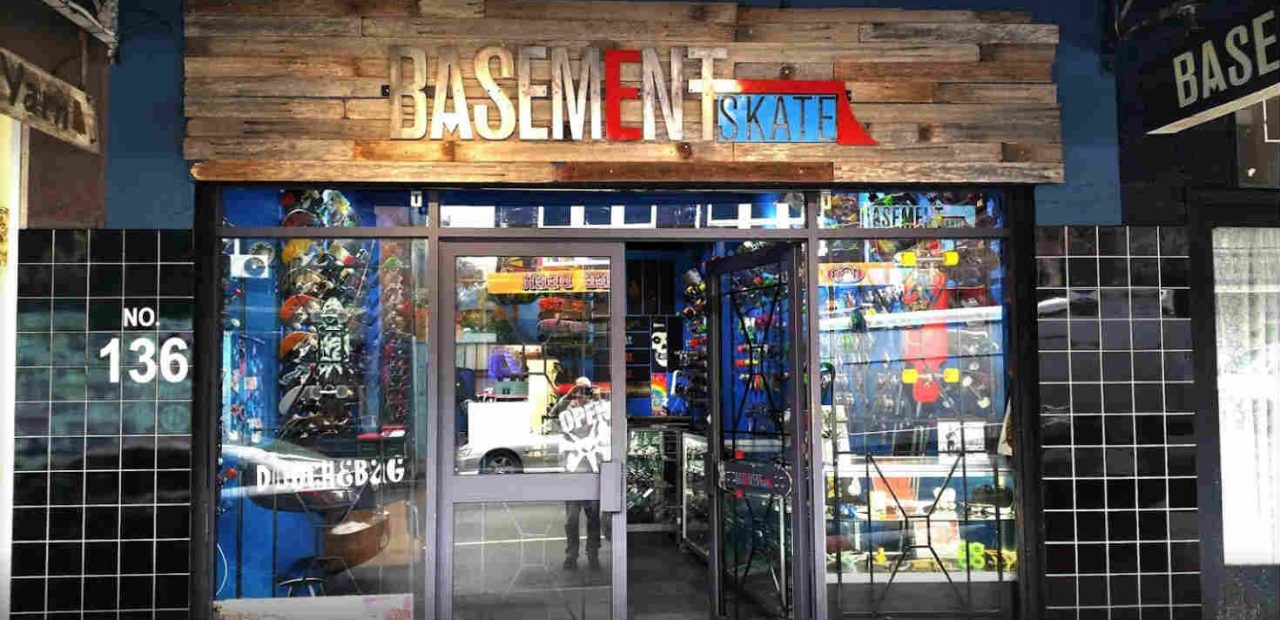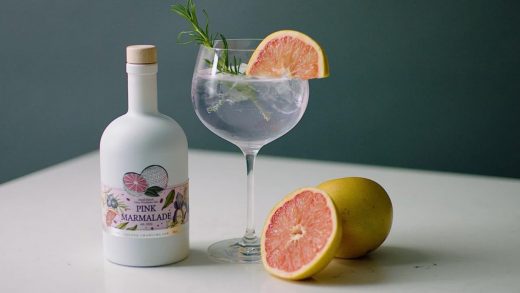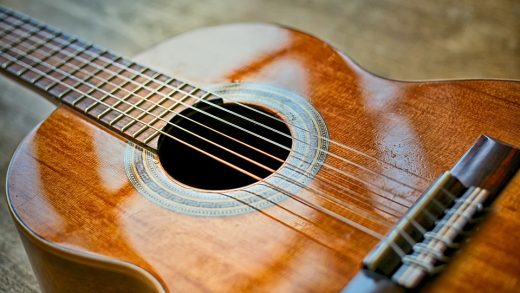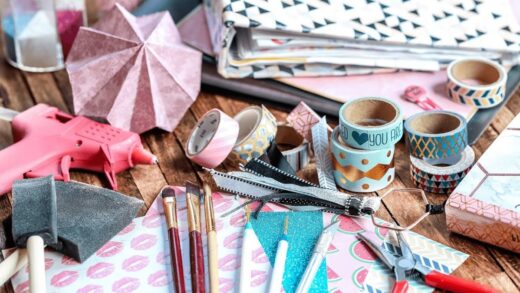Factors to Consider When Buying a Longboard
There’s more to longboards than meets the eye – they come in different constructions, shapes, and features, and they’re specially designed for numerous riding styles. If you’re new to this sport and are looking to get your first longboard, you might get confused by all the different styles and shapes they come in. There are several factors to consider in order to get the best value for your money and ensure you keep riding the longboard instead of leaving it to collect dust in the garage.
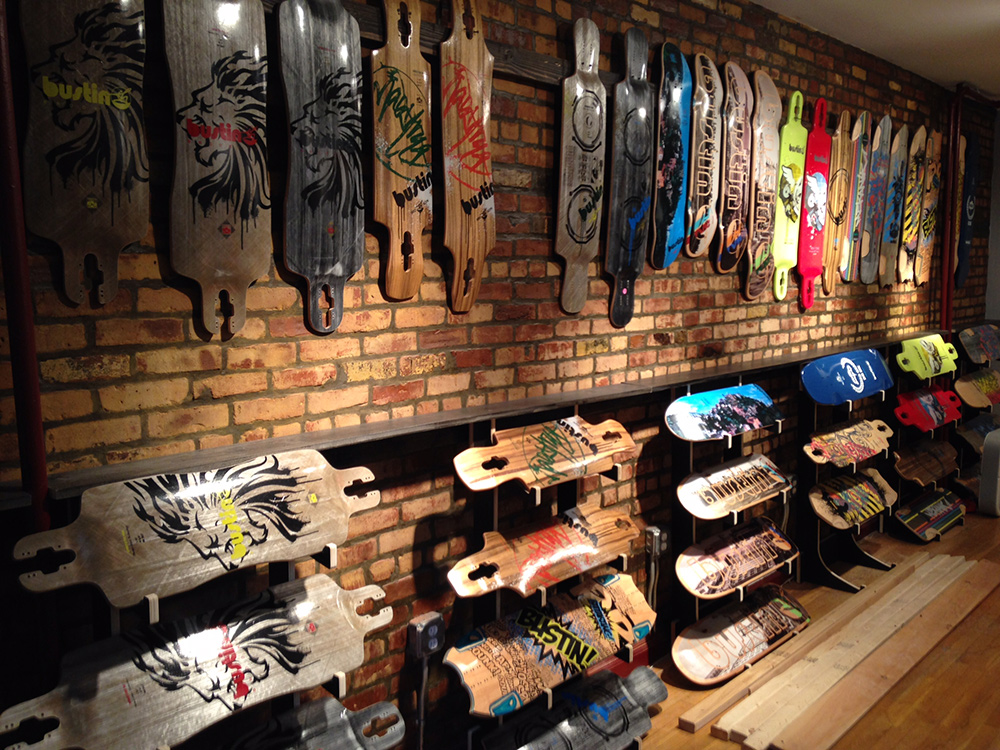
First and foremost, you need to consider your abilities. Since you’ll come across many different types of longboard styles, setups and shapes in a longboard store (all of which are specifically designed for particular levels and types or riding), it’s important to be realistic when considering your skill level. This is of the utmost importance if you want to make your riding experience more engaging, and your progress linear. Therefore, your riding style and skill level should determine the ideal board flex, shape, and mounting type for you. The most common riding styles are cruising, downhill riding, freeriding, and freestyle riding.
Next, consider the board shape. In a longboard store, you’ll come across directional and symmetrical (twin) longboards. Directional ones are only meant to go forward, and the most popular design is the Pin Tail. Symmetrical longboards, on the other hand, feel and look the same regardless of which way you’re facing. If you’re planning on freeriding or freestyling, a symmetrical board is probably your best bet.
So, if you’ve decided on the type of riding style and the type of board shape you want, it’s time to consider the board’s construction. The most inexpensive and common construction uses multiple veneers. The veneers are usually stacked on top of each other, glued and pressed into shape. The number of veneers can vary between boards, but generally, the more veneers used, the heavier and stiffer the board will be. Materials such as Baltic birch wood, walnut, and bamboo are typically used for the veneers.
Lastly, consider the board flex – it is affected by a lot of factors, including the materials the board is made from, its length, the laminates, and the amount of concave. Soft boards have great absorption properties on rough roads but are unstable at high speeds. They’re ideal for mellow riding and performing certain board tricks. Medium flex boards are great in maintaining stability at speed and they provide decent shock absorption over bumps. Stiff boards are stable at moderate and high speeds, but they’re less forgiving when driving on cracked or bumpy pavements. They are ideal for freeriding, bombing hills and going fast.

